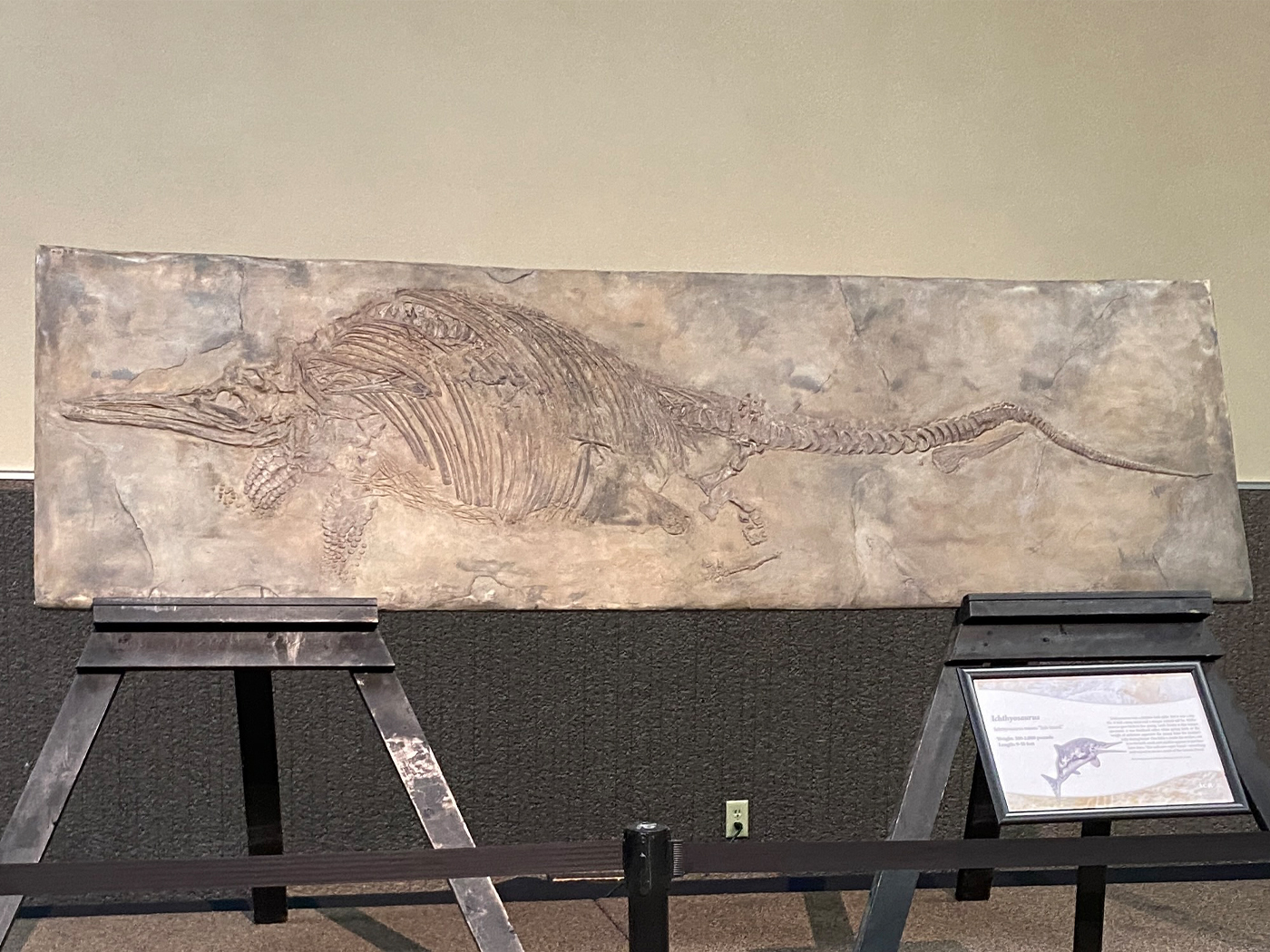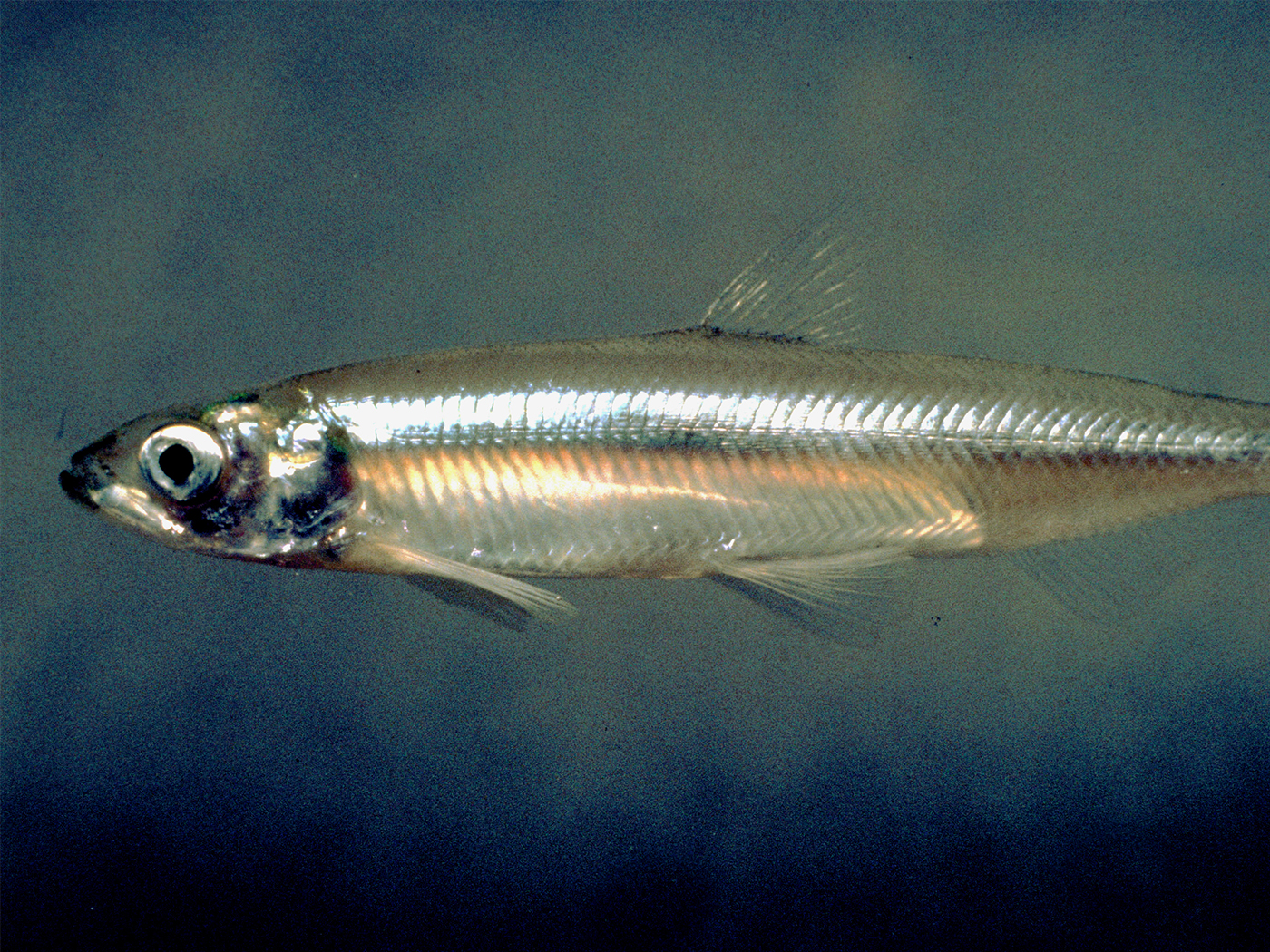A major unanswered question for evolution is: why are humans the only species that can talk? Secular researchers have tried to find an answer since Darwin’s day, but so far they have not found satisfactory answers.
One theory is that only humans possess the anatomy that allows speech.1 But the fact is that “humans and other primates have very similar vocal anatomy”—the physical machinery that allows us to turn air into sound.2 Therefore researchers Dunn and Smaers recently looked at the brain’s role in language. Did they find a reason to stick with evolution’s simple answers to this vexing question?
Dunn and Smaers’ goal was to “help elucidate some of the key elements underlying the evolution of human speech.” Their research primarily showed yet another difference between humans and chimpanzees, supposedly our closest evolutionary relatives. This difference is in the brain parts that control and regulate speech. An enormous chasm was found between non-human primates, who have “very limited range of vocalizations”3 and humans who have vocalization ranges so wide that voiceprint identification can differentiate the entire world population.4
They ranked the vocal abilities of 34 different primate species. Although non-human primates produce a very narrow vocalization range, they found the vocal repertoire ranged from only two variations in the small cat-like Calabar angwantibos to at least 38 in bonobos.5 Brain analysis found that apes with greater vocalizations, including bonobos and chimps, had larger brain sections dedicated to controlling the tongue and other speech organs.
These findings create enormous problems for evolution. ![]()
These findings create enormous problems for evolution. The anatomy and physiology of the larynx and vocal tract is very similar across most primates, including humans, but the ability to produce speech is useless without also having the required neural ability. Speech necessitates not only vocalization apparatus, but also the wiring and brain control required to talk. They must have a brain designed to achieve fine motor control of the tongue, the voice box, plus the parts needed both to produce and understand speech. An example of the required hardware is our uniquely designed hyoid bone. Only the human hyoid bone has the right design and position to work in unison with the larynx and tongue to allow spoken language. Its presence in Neanderthals is one of many important arguments for concluding they are fully human.
Some primates and other animals can combine calls in different ways to create different meanings, but this is not speech. Actually, certain birds have a superior speech ability—far more than chimps’—a fact confounding evolutionists who expect so-called higher animals to have superior speech ability compared to birds. We know parrots can talk and even elephants, seals, and whales can mimic speech. Yet the primates that evolutionists consider to be our closest relatives cannot speak as well as these animals.
Bonobos (Pan paniscus) have 38 vocalization sets and chimpanzees (Pan troglodytes) 29. But humans have an estimated over a million different vocalization sets, as is obvious in language study.6 The “gestural repertoire of any group of nonhuman primates is small compared with the vocabulary of any human language.”7 Dunn and Smaers’ concluded relative brain size has been cited as an important element in the evolution of human speech but found only differences, and no evidence for evolution. No wonder linguists have failed to even begin to explain the origin of language, resulting in numerous debates about the speculations being proposed.8
Human language is an all or nothing proposition. ![]()
The problem has always been the fact that human language is an all or nothing proposition.9 Without the human hyoid and the hundreds of other hardware systems, plus the profound language processing brain structures as documented by the Dunn, J. C. and J. B. Smaers research, human language cannot exist.10
References
1. Dunn, J. C. and J. B. Smaers. 2018. Neural Correlates of Vocal Repertoire in Primates. Frontiers in Neuroscience. 12:534. doi: 10.3389/fnins.2018.00534.
2. Gill, V. 2018. Primate speech: How some species are 'wired' for talk. Posted on bbc.com on August 9, 2018, accessed September 18, 2018.
3. Dunn and Smaers, 2018. Neural Correlates. p. 1.
4. Klevans, R. and R. D. Rodman. 1997. Voice Recognition. Boston: Artech House, 5.
5. McComb, K., and S. Semple. 2005. Coevolution of Vocal Communication and Sociality in Primates. Biological. Letters. 1, 381-385.
6. McComb, K. and S. Semple. Coevolution of Vocal Communication, 382.
7. Arbib, M., K. Liebal, and S. Pika. 2008. Primate Vocalization, Gesture, and the Evolution of Human Language. Current Anthropology. 49 (6): 1053-1076.
8. Thomas, B. 2012. Linguists Argue over Language Origins. Creation Science Update. Posted on March 30, 2012, accessed September 18, 2018.
9. Thomas, B. 2010. Human Language: An All or Nothing Proposition. Acts & Facts. 39 (6): 18.
10. Bergman, J. 2008. “Evolution and the Origin of Human Language.” Creation Research Society Quarterly. 45 (2): 109-119. Fall. And Oller, J. W. and J. L. Omdahl. 1994. Origin of the Human Language Capacity: In Whose Image? In Moreland, J. P., ed. The Creation Hypothesis. Downer’s Grove, IL: University Press, 255.
Dr. Jerry Bergman is Research Associate at the Institute for Creation Research and was an Adjunct Associate Professor at the University of Toledo Medical School in Ohio.

















